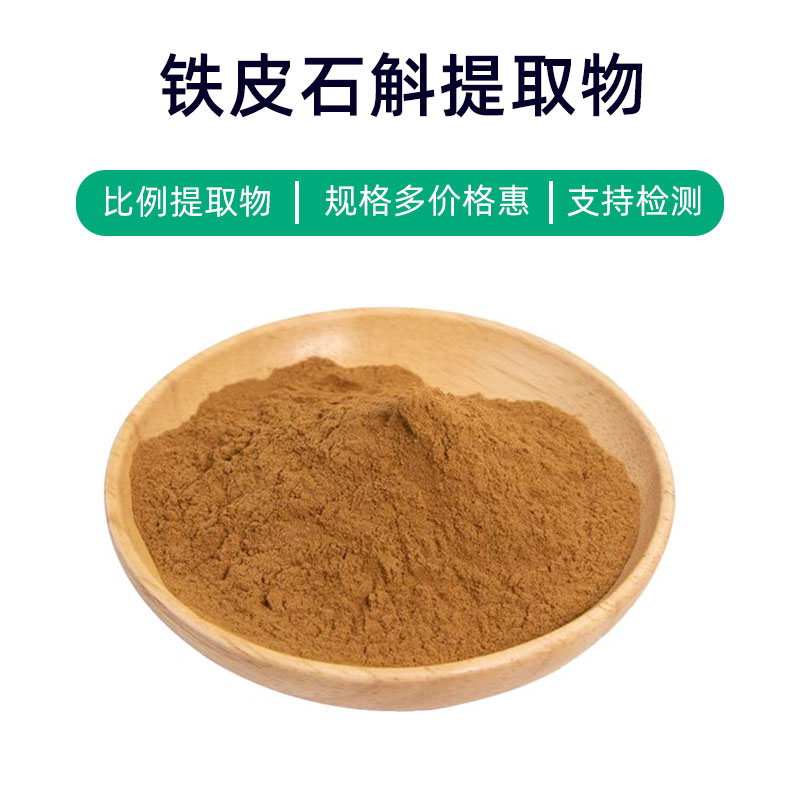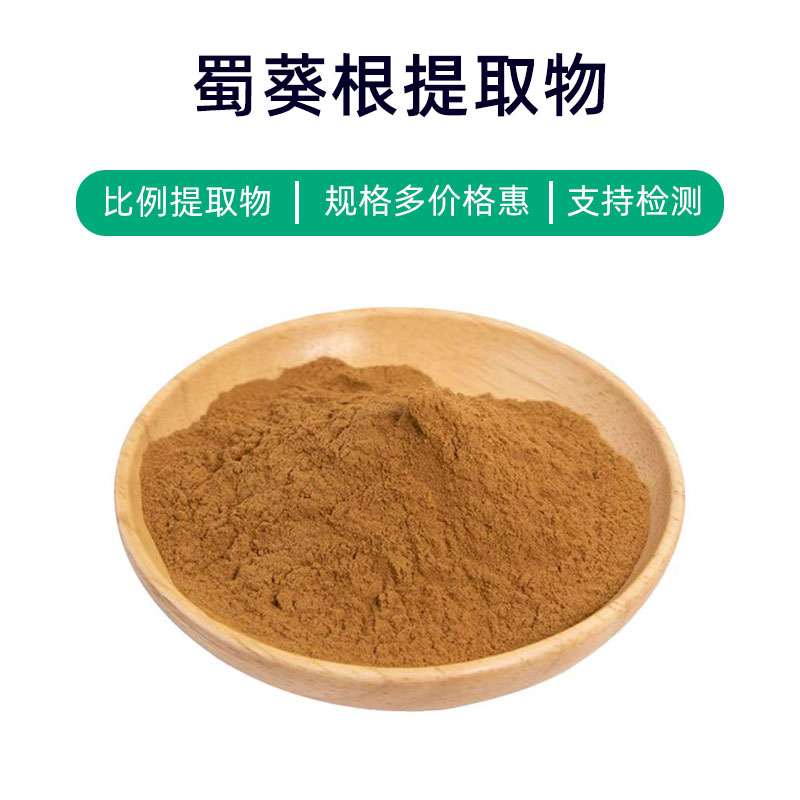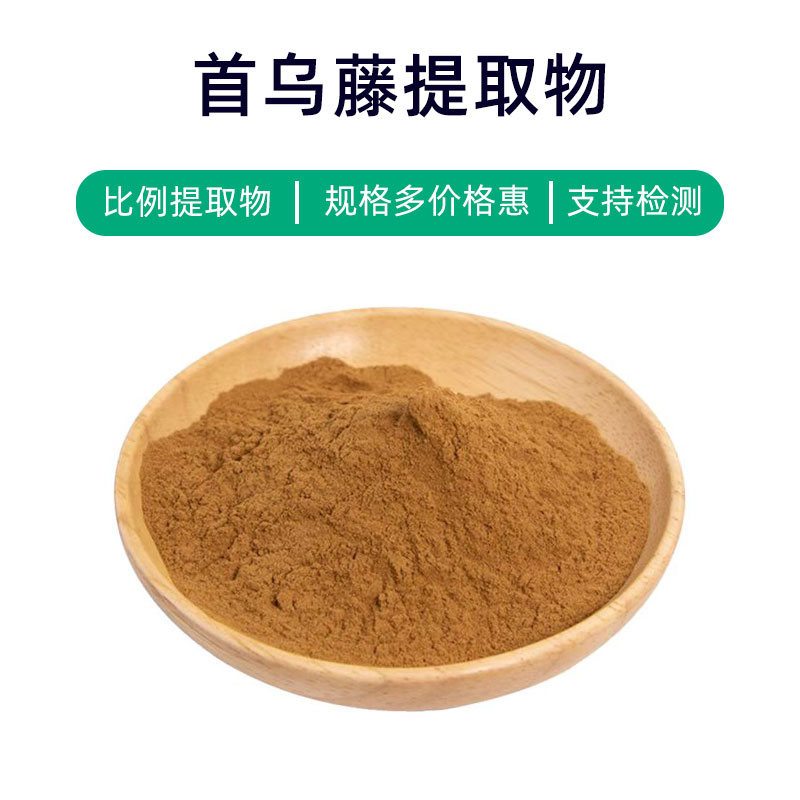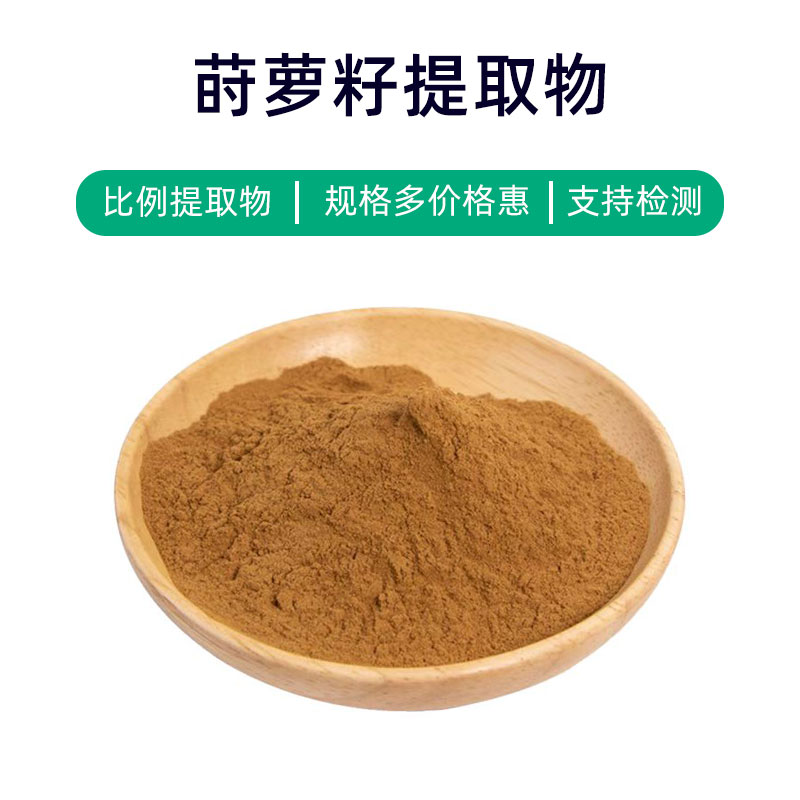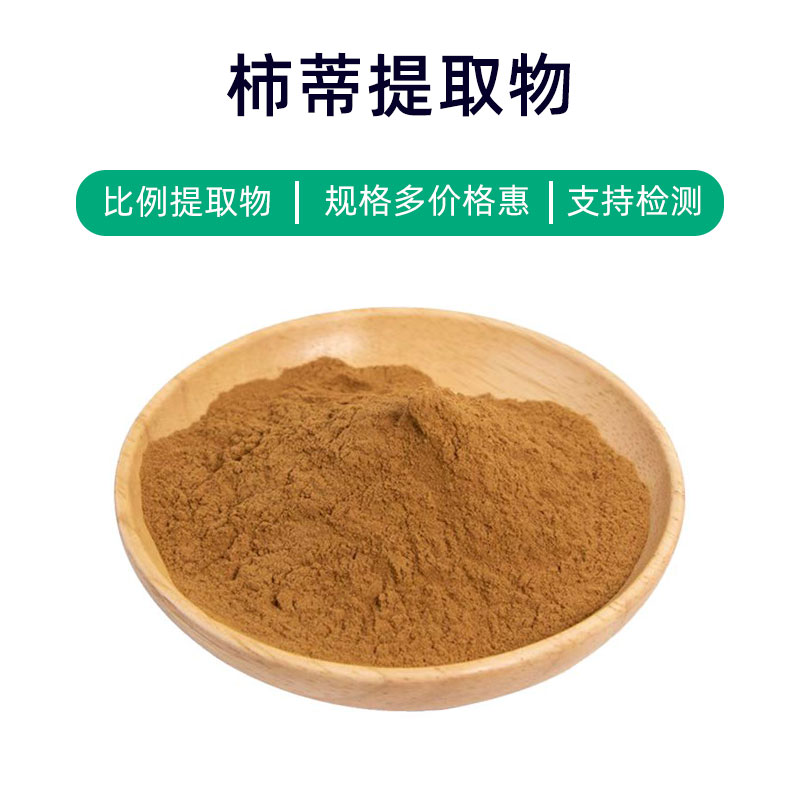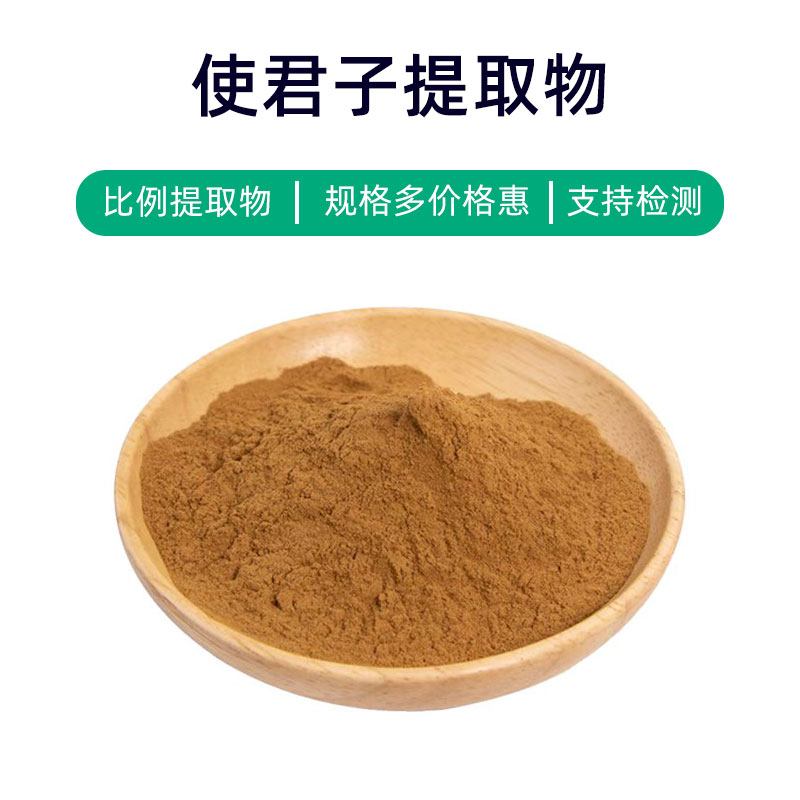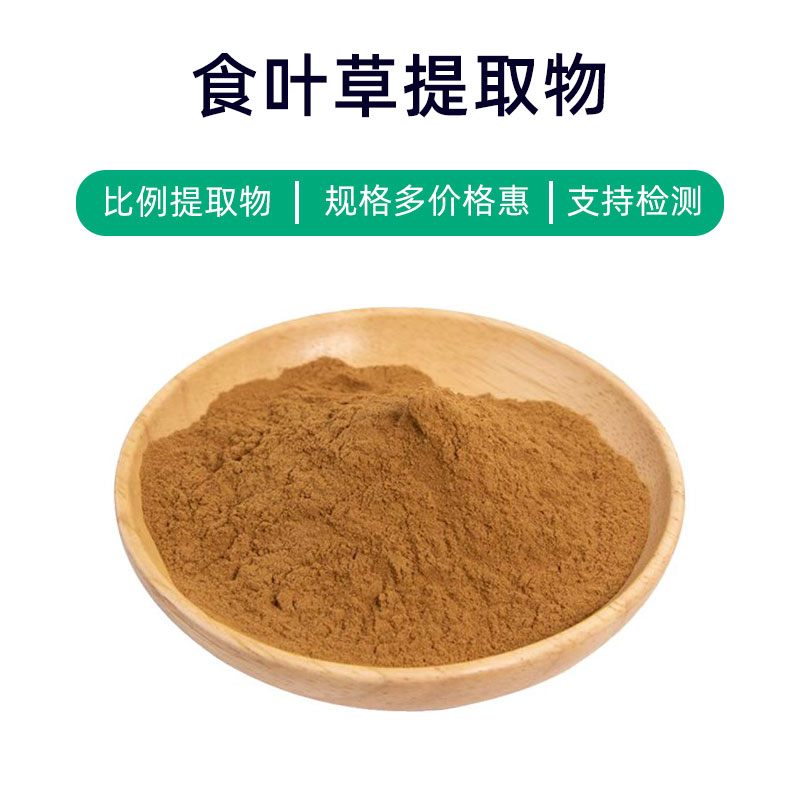Dendrobium - Dendrobium Extract Product Introduction
Dendrobium - Dendrobium Extract is a natural plant extract extracted from plants like Dendrobium officinale. Its main components include polysaccharides, alkaloids, flavonoids, and amino acids. These ingredients endow the extract with various functions and applications.
Firstly, Dendrobium - Dendrobium Extract is widely used in the health product industry. The polysaccharides have functions such as enhancing immunity, antioxidant effects, regulating blood sugar, and regulating blood lipids, which help improve bodily functions and enhance vitality.
Secondly, Dendrobium - Dendrobium Extract is also applied in the pharmaceutical field. The alkaloid components possess antibacterial, anti-inflammatory, and anti-tumor pharmacological effects and can be used to treat various ailments, such as colds, coughs, and indigestion.
Additionally, Dendrobium - Dendrobium Extract is commonly found in cosmetics. The flavonoids and amino acids provide moisturizing, anti-aging, and skin-soothing benefits, making it useful in skincare and beauty products, helping to improve skin texture and delay aging.
In summary, Dendrobium - Dendrobium Extract, as a natural plant extract, has a variety of functions and applications, including enhancing immunity, antioxidant properties, antibacterial and anti-inflammatory effects, and anti-tumor benefits, making it suitable for health products, pharmaceuticals, and cosmetics, providing a natural and effective choice for health and beauty.
Dendrobium - Dendrobium Extract Production Process
The production process for Dendrobium - Dendrobium Extract typically includes the following steps:
- Raw Material Collection: Select high-quality Dendrobium officinale as the extraction source. Mature plants are generally chosen, collecting the roots or stems to ensure plant quality and freshness.
- Preliminary Processing: Conduct preliminary processing of the collected Dendrobium by washing and removing impurities. This step ensures the purity and quality of the extract.
- Extraction: Use appropriate extraction methods, such as water extraction, ethanol extraction, or supercritical fluid extraction, to extract the active components from Dendrobium. Different extraction methods may affect the composition and efficacy of the extract.
- Filtration and Concentration: Filter the obtained liquid to remove residues and impurities. Then, concentrate the filtrate to obtain a concentrated extract.
- Drying: Dry the concentrated extract, typically using spray drying or vacuum drying, transforming it into a powdered or block form.
- Refinement: Further refine the dried extract to enhance its purity and stability, which may involve crystallization, separation, and re-crystallization processes.
- Packaging: Finally, package the refined Dendrobium - Dendrobium Extract. Sealed packaging is generally used to prevent moisture and oxygen intrusion, ensuring product quality and stability.
The above outlines the general production process for Dendrobium - Dendrobium Extract. Different manufacturers and processes may vary, but the overall steps ensure the quality and efficacy of the extract.
Dendrobium - Dendrobium Extract Benefits and Side Effects
As a natural plant extract, Dendrobium - Dendrobium Extract offers various benefits and effects, primarily encompassing the following aspects:
- Immune Regulation: The polysaccharides in Dendrobium - Dendrobium Extract have a significant immune-regulating effect, enhancing the function of the human immune system, improving resistance, and helping to prevent and reduce the occurrence of infectious diseases.
- Antioxidant Properties: Dendrobium - Dendrobium Extract is rich in flavonoids and polyphenols, which possess remarkable antioxidant properties, helping to eliminate free radicals, slow down cellular oxidation damage, and protect cellular health, thereby delaying aging.
- Blood Sugar Regulation: The active components in Dendrobium - Dendrobium Extract can modulate blood sugar levels, helping to lower blood sugar and improve insulin sensitivity, thus offering supportive treatment for diabetes and related conditions.
- Liver Protection: The bioactive components in Dendrobium - Dendrobium Extract can protect liver cells, reduce liver damage, and promote liver cell regeneration, providing protective effects for liver diseases like hepatitis and fatty liver.
- Anti-inflammatory Effects: Dendrobium - Dendrobium Extract contains various alkaloids and flavonoids that exhibit clear anti-inflammatory and antibacterial properties, effectively alleviating inflammatory responses and relieving symptoms of inflammation-related diseases.
- Digestive Improvement: Dendrobium - Dendrobium Extract provides certain protective effects for the gastrointestinal tract, promotes gastrointestinal motility, and enhances the repair capacity of the gastrointestinal mucosa, aiding in alleviating issues like indigestion and gastritis.
While Dendrobium - Dendrobium Extract offers numerous benefits, attention should be paid to potential side effects during use. Some individuals may experience allergic reactions, such as rashes and itching, so allergy testing is recommended before use. Additionally, long-term high-dose use could impact liver and kidney functions, so it’s important to follow medical advice and use it in moderation to avoid adverse reactions.
Dendrobium - Dendrobium Extract Application Scenarios and Dosage
Dendrobium - Dendrobium Extract has wide applications in the fields of medicine, food, and cosmetics. Below, we will focus on its applications and dosage in each field.
- Medical Applications:
- Uses: Dendrobium - Dendrobium Extract is primarily used in medicine to treat inflammatory diseases such as hepatitis, nephritis, and enteritis, regulate immune functions, and protect the liver.
- Dosage: Generally available in oral forms, it can be made into oral liquids, capsules, or granules. The typical adult dosage is 3-5 grams per dose, 2-3 times daily; child dosages should be halved.
- Food Industry Applications:
- Uses: Dendrobium - Dendrobium Extract can serve as a food additive, enhancing the nutritional value and functionality of foods, such as boosting antioxidant capacity and improving immunity.
- Dosage: Typically appears in health foods and can be made into oral liquids, capsules, or functional beverages. Daily recommendations often follow the product instructions; usually taken 1-2 times a day, with the dosage depending on the product formulation.
- Cosmetic Applications:
- Uses: Dendrobium - Dendrobium Extract is frequently used in cosmetics as a moisturizer, antioxidant, and anti-inflammatory agent, found in skincare products, shampoos, and masks.
- Dosage: Based on the specific formulation of the cosmetics, it is generally recommended to follow the usage instructions on the product label to avoid excessive use that could lead to discomfort.
In general, Dendrobium - Dendrobium Extract has significant potential and application across the medical, food, and cosmetic fields. When using it, it is advisable to choose suitable products based on actual needs and to follow dosage instructions as outlined in the product manual to achieve the best results. Additionally, individual differences should be considered to avoid adverse reactions from excessive use.
Dendrobium - Dendrobium Extract Source Plant Introduction, Distribution, and Growth Environment
The source plants for Dendrobium - Dendrobium Extract primarily include Dendrobium and Dendrobium officinale. Below, we will introduce their plant characteristics, distribution, and growth environment.
- Dendrobium (Dendrobium):
- Plant Characteristics: Dendrobium is a type of orchid plant with various species and is a perennial herb. Its stems are short and thick, with fleshy leaves that are evergreen or semi-evergreen, and its flowers are diverse, with some species displaying vibrant colors.
- Distribution: Dendrobium is widely distributed in the tropical and subtropical regions of Asia, mainly growing in countries like China, India, and Southeast Asia, particularly abundant in provinces such as Yunnan, Guangxi, and Guangdong.
- Growth Environment: Dendrobium prefers humid montane forests, limestone areas, or riverbanks and streams, thriving at elevations ranging from several hundred to two thousand meters. A warm and moist climate is beneficial for its growth, often found on tree trunks or in rock crevices.
- Dendrobium officinale (Bulbophyllum):
- Plant Characteristics: Dendrobium officinale is a type of orchid plant with several species, typically perennial herbs. It features small, compact plants with short stems, narrow or nearly round leaves, and small, clustered flowers with unique shapes.
- Distribution: Dendrobium officinale primarily distributes in tropical and subtropical areas, including Southeast Asia, South Asia, and Oceania, and is commonly found in countries such as Malaysia, Indonesia, and the Philippines.
- Growth Environment: The growth environments for Dendrobium officinale are diverse, including tropical rainforests, hilly forests, and wetlands. It is often found in lower altitudes and prefers semi-shaded, humid, high-moisture environments, requiring specific growth conditions.
In summary, the source plants for Dendrobium - Dendrobium Extract are primarily found in tropical and subtropical regions, represented by Dendrobium and Dendrobium officinale. They grow in humid montane forests, limestone areas, or riverbanks and streams, with specific environmental requirements for warm and moist climates and suitable growth conditions.
Dendrobium - Dendrobium Extract Processing and Storage
The processing of Dendrobium - Dendrobium Extract typically involves the following steps: First, fresh Dendrobium or Dendrobium officinale is harvested, then undergoes preliminary cleaning and drying to remove impurities and maintain dryness. Next, the plant material is crushed and ground into powder. Finally, the extraction process employs suitable solvents to obtain the Dendrobium - Dendrobium Extract.
For storage, Dendrobium - Dendrobium Extract should be kept in a cool, dry, and well-ventilated place, avoiding direct sunlight and high temperatures. Additionally, it should be stored in sealed containers to prevent moisture and dust contamination. Proper storage can extend its shelf life and maintain the stability of its beneficial components.
Monica Sun is a seasoned expert in the plant extraction industry with over a decade of experience in research and production. She specializes in the extraction and purification of plant active ingredients, focusing on driving innovation in natural product applications. Monica has participated in the development of multiple functional plant extracts, delivering high-value natural raw material solutions for the health food, pharmaceutical, and dietary supplement sectors.

